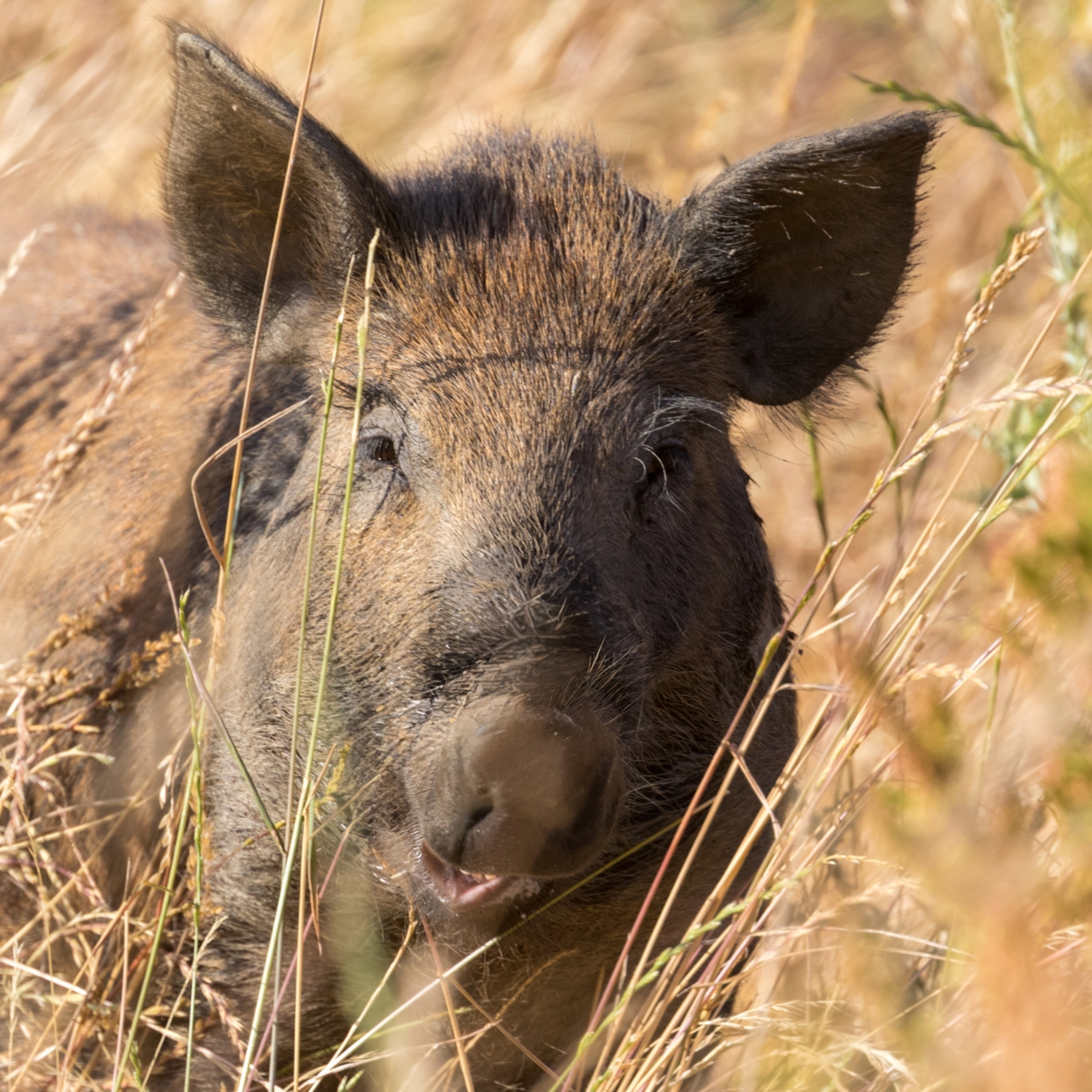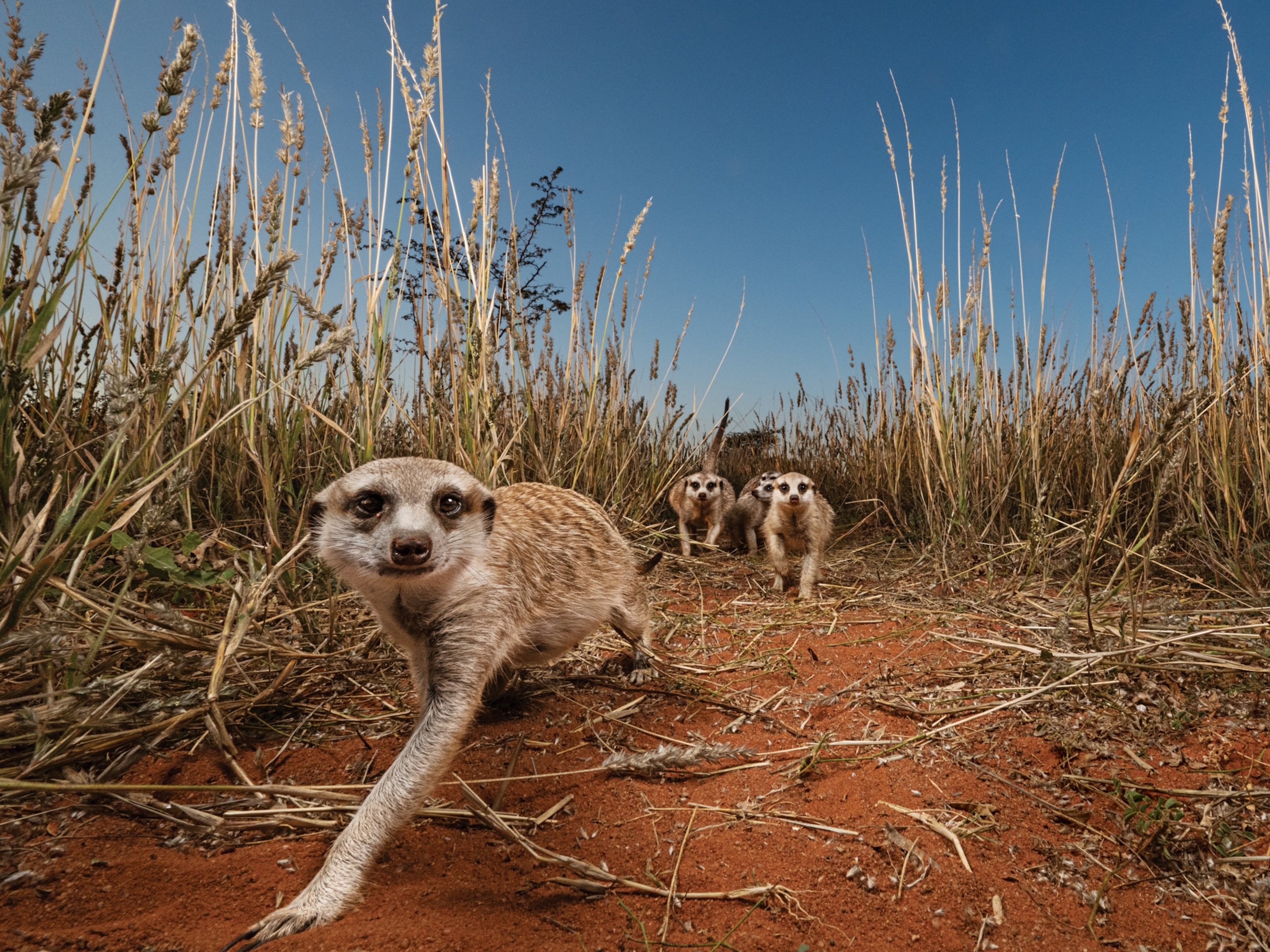
Wombats have buns of steel—and they poop in cubes. Here's why.
Wombats are the only animals in the world that produce cube-shaped scat. But how and why do they do it? Scientists now have a better idea.
Wombats are a burrowing animal native to Australia perhaps best-known for being, well, pudgy—and quite cute. Recently, you might have seen that these adorable marsupials use their hard butts to defend themselves. That's not all their behinds are famous for: wombats are the only animals in the world that produce cube-shaped poop.
While their droppings have sparked much interest and debate, actual research into the intricacies of wombat scat has been scant. That’s left scientists largely in the dark about the phenomenon—until recently. Here's what we know about their cube-shaped poop and the other interesting way they use their back-ends.
Early theories
In 2018, Patricia Yang, a researcher at the Georgia Institute of Technology who specializes in bodily fluids, started to look into the topic more closely after hearing about it at a conference.
“I didn't really believe it,” Yang says. But after confirming that it is, indeed, a fact, she began trying to figure out why, and how, wombats poop in cubes.
“People have had all sorts of theories,” says Mike Swinbourne, a wombat expert at the University of Adelaide in Australia. One popular postulate is that wombats make cubes so that they can stack them to mark their territory, without the pieces rolling away. But Swinbourne says that’s a misconception.
While wombats do use their scat to mark territory, “it's not like they're trying to build little brick pyramids,” he says. “They just poop where they poop.”
Instead, Swinbourne says the cubic shape is more likely related to the dry environments that most wombats live in. “They have to really squeeze every drop of moisture out [of their food],” he said. And sometimes, in zoos, where the animals have readier access to hydration, Swinbourne says their scat is less cubic. Being dry helps the scats form more rigid shapes with sharper angles.
Moisture plays a role, but “it's also a factor of the primary digestive tract,” adds Bill Zeigler, senior vice president for animal programs at Brookfield Zoo in Chicago, which has had wombats since 1969. Peter Clements, the president of the organization Wombats SA in Southern Australia, concurs, speculating that it’s a combination of the two.
Finding answers
Finding a more concrete answer, however, hasn’t been easy. It took Yang and her colleagues months just to get ahold of wombat innards for their study. No zoos in North America had any, so Yang had the intestines of two roadkill wombats shipped from Australia. She wasn’t sure what to expect when they arrived.
“At first I thought they maybe have square anus, or maybe [the cube] forms right around the stomach,” she said. But neither of those hypotheses turned out to be the case. What she found to be more important was how the wombat intestines’ stretched.
As food is digested it moves through the gut, and pressure from the intestine helps sculpt the feces—meaning that the shape of the intestine will affect the shape of a dropping. So Yang and the team expanded both wombat and pig intestines with a balloon to measure and compare their elasticities (or stretchiness).
The pig intestine had a relatively uniform elasticity, which would explain the animal’s rounder poo. The wombat intestines, however, had a much more irregular shape. Yang observed two distinct ravine-like grooves, where the intestine is stretchier, which she believes helps shape wombat feces into cubic scat.
“It's really the first time I've ever seen anybody come up with a good biological, physiological explanation,” said Swinbourne, who reviewed the draft. Clements, who also read the early study, added, “I think this is a useful contribution but more explanation of a possible mechanism would be helpful.”
Yang agrees that there are still a host of questions to answer and says her research is ongoing. She has since published a study on how the wombat's soft intestine can mold the faces into these sharp-cornered cubes. But even the initial findings imply broader implications for sectors such as manufacturing.
Cubes, Yang says, are very rare in nature. “We currently have only two methods to manufacture cubes,” she said, explaining that humans either mold cubes from soft materials, or cut them from harder objects.
“Wombats have a third way.”
Wombats also have hard butts that serve as defense
Interestingly, wombats’ unique biology also serves to protect them against other predators.
Although equipped with large teeth and claws, the species also defends itself with its butt, a hard rump made of dense connective tissue and tough cartilage.
When threatened, wombats typically escape to their burrows, where they can use their back-ends to block the entrance and shield their heads from attacks. Once a predator makes the mistake of following it in, a wombat may be able to kill their opponent using their behind to squash their skull against the roof of the tunnel.
This burrow crushing, says Julie Old, an associate professor of life sciences at Western Sydney University and the chief investigator of WomSAT.
Despite long-held reports on the phenomenon, these fighting incidents may actually happen less than we think, she said: “I think we are hearing more about particular animal behaviors because more people are sharing their footage online.”
But as vital ecological engineers, the way wombats circumvent harm is just another aspect of their behavior that makes them such valuable subjects of study, says Old.
“By understanding more about wombats, we ultimately learn more about how to conserve the species, and how best to support biodiversity as a whole.”








